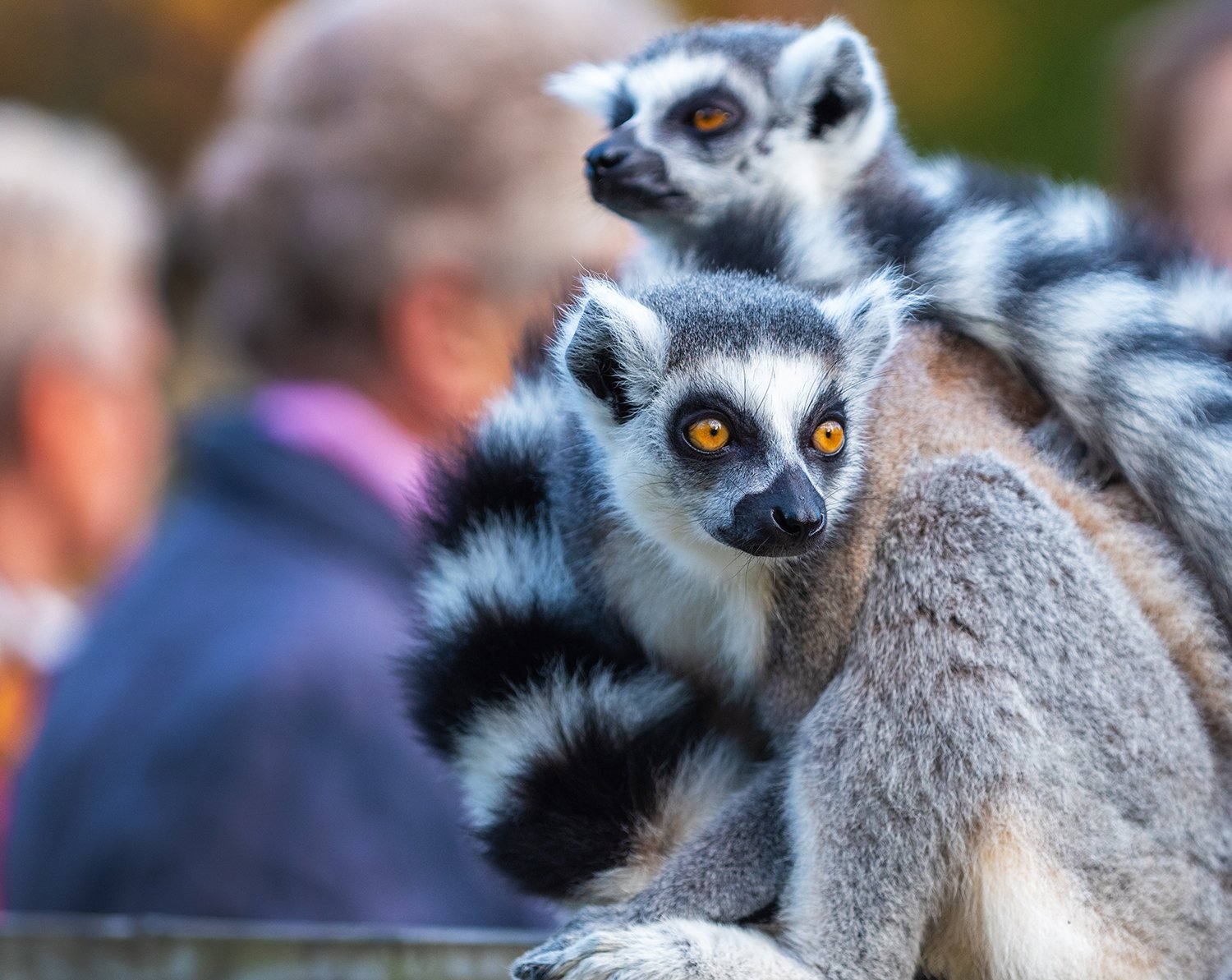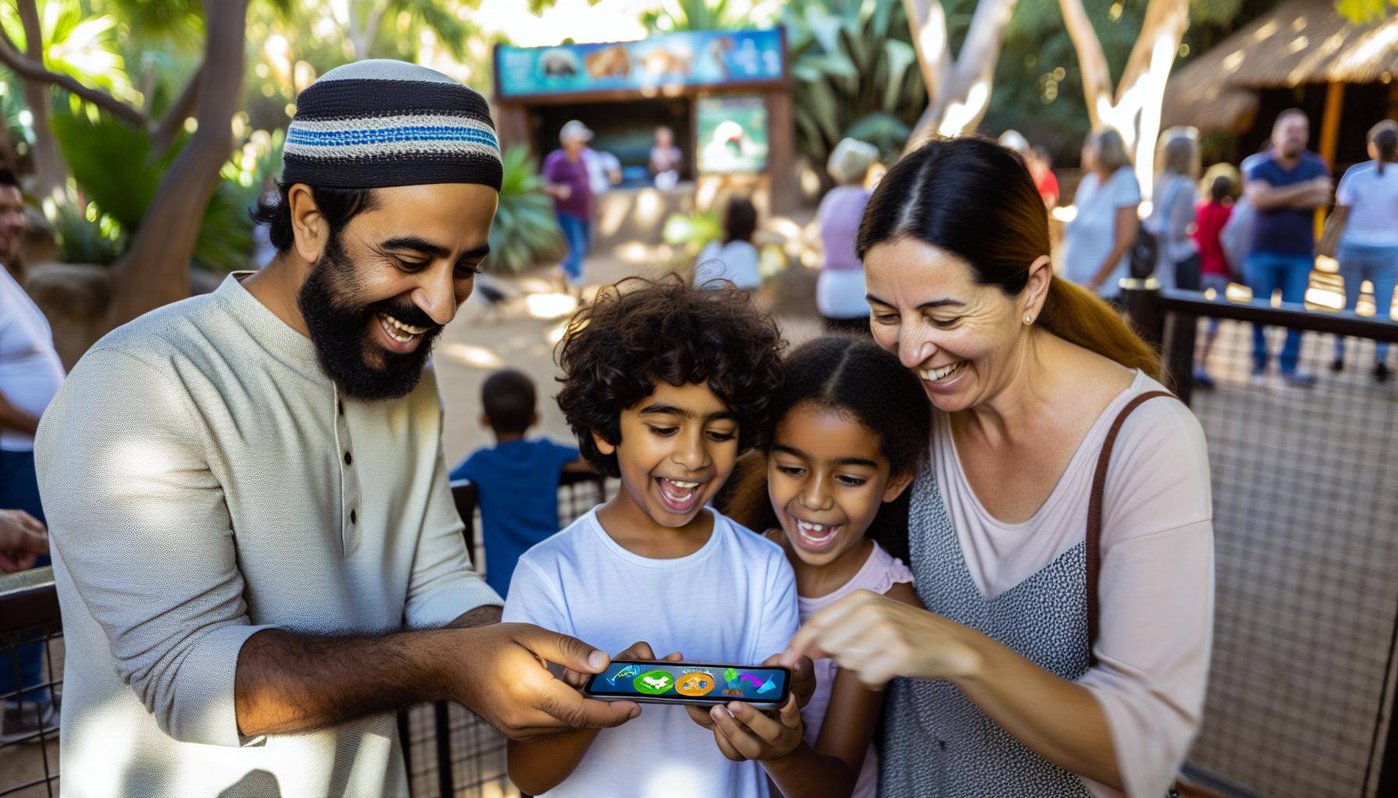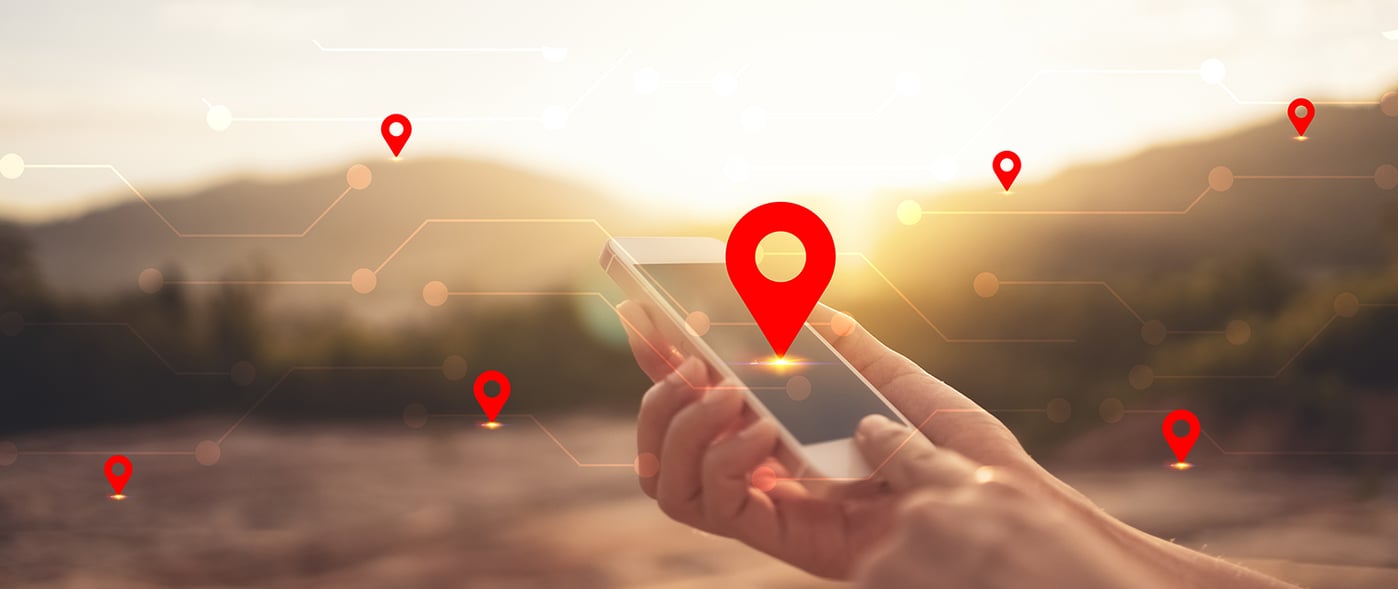Conservation and the
power of technology
to improve audience engagement.
Dynamic audience engagement that can help zoos and safari parks to promote the conservation message and optimise attraction management.
The annual British and Irish Zoos and Aquariums (BIAZA) conference was held recently in Dublin, Ireland. Top of the agenda were conservation, education, and sustainability.
Most people will never have the pleasure and privilege of exploring the African bush, or the wilds of far-flung places like Australia, South America, or experience the thrill of seeing wildlife in their natural habitat. For most of us, a visit to a zoo, wildlife park or aquarium, is the closest we will come to appreciating the majesty of these creatures and nature.
These establishments are vital curators of some of the world's most endangered and extirpated species – flora and fauna – and as such, play a critical role in the education of not only the public, but the industry itself. Education and conservation go hand in hand to ensuring that there is a tomorrow for these animals and their habitats, as well as a future line of the next generation of young zoologists and conservation specialists to continue such important work.
In addition to providing leisure and entertainment to a string of visitors, today’s zoos and safari parks are a place of learning, collaboration, animal rescue, care and rehabilitation, scientific research and all important, conservation and education.
Climate change, habitat loss, poaching etc, are all influences on our planet’s wildlife and sustainability and it is our role to minimise their destruction and extinction. In many instances, zoos and aquariums have vital breeding programmes for endangered species, which aim to not only continue the bloodline, but also potentially contribute to rewilding programmes.
There is no doubt that engaging with the natural world around us is important in delivering a greater understanding, respect, and relationship with nature, which will assist in conserving it, because, let’s face it, all our lives depend on it.
The IUCN, (the International Union for the Conservation of Nature), states “there are more than 142,500 species on The IUCN Red List, with more than 40,000 species threatened with extinction, including 41% of amphibians, 37% of sharks and rays, 34% of conifers, 33% of reef building corals, 26% of mammals and 13% of birds.” The list also includes more than 39 animals as being extinct in the wild in recent years. Were it not for the breeding programmes and conservation efforts of zoos, wildlife and safari parks, these threatened species would be completely eradicated.
A disturbing landmark report issued by the United Nations in 2019, goes further, reflecting that up to one million plant and animal species are threatened with permanent erasure in the next few decades. Agriculture is cited as one of the biggest threats to our biodiversity.
How an audience experience app can play a role in conservation and education.
That an attitude adjustment is urgently required is seen in the continuous destruction of natural habitats and increasing levels of environmental damage. To overcome this sorry situation, zoos and safari parks continue to extend their education efforts but can only do so much at a time to instil knowledge into the uninformed, and engender a sense of urgency and care before it is too late. This is where technology can help not only amplify the message and improve engagement, but also enhance the physical visitor experience.
We freely admit that not everyone currently has access to a smartphone, but these devices in the hands of informed and dedicated individuals, can still connect with people on a personal level. The smartphone is de facto one of our most essential and pervasive educational tools and weapons for good.
Combining the power of the mobile as an educational tool with an application that delivers world class knowledge in a fun and interactive manner, that affects action (of the right kind), is eminently achievable, and potentially a game changer. Match this with the ability to gain a better understanding of a zoo’s audience behaviour and you have a powerful tool to help implement change.
Take a visitor experience app linked to an audience engagement platform (AEP) deployed by a zoo, as an example.
Cloud-based interactive audience engagement.
First, let’s understand what an AEP is. In simple terms, this cloud-based software houses interactive content (uploaded or created by the venue/operator, in this case, a zoo or safari park) served to the audience via an app on their smartphone. The platform behind the app incorporates a host of features to transform the visitor experience whilst also monitoring this engagement to deliver valuable operator insights that can then be used to not only deliver even more personalised engagement but help the zoo to improve its experiences.
For example, the zoo installs the AEP operator platform onto which it uploads all manner of information about it and the various exhibits, displays, enclosures and species within its attraction. With support, the zoo operator can also bulk import content onto the platform.
This content can be in the form of written copy or multimedia (video, images and audio files) or a combination of various mediums. The content can be purely informational, or it can be educational. For educators and conservationists – operator and user side – audience engagement platforms can be uploaded with curricula content and even lesson plans allowing each school/user to access their specific material.
Once all the content is uploaded (and it can be added to or changed at any time), the platform automatically configures it onto the highly customisable audience experience app that can be downloaded from the various app stores or uploaded to the smartphone as a progressive web app. Through simple platform customisation, without any technical knowledge or expertise, the app mirrors the branding, look and feel of the operator so there is a cohesive branded experience for the visitor/audience - with no technical expertise or digital skills required.
Engagement and accompanying data insights comes from the triggered interactions between the platform and the app as the platform tracks the behaviour of the user as they browse the zoo and digitally engage with its content/exhibits. With the app open (and not necessarily connected to the Internet), the platform can monitor dwell time at exhibits, and send the visitor more engaging content and interactions, live updates and more.
In this way, the operator gets to know and understand more about exhibit engagement. Valuable information when curating complex and multiple zoo exhibits across a wide range of enclosures both outdoors and indoors. Think Google Analytics but for audience engagement onsite.
The operator can also make the visit and journey of discovery more interactive, immersive, and fun through the highly customisable app, using different features that surprise and delight as new layers of information are unlocked or accessed.
For example, using in-built triggering technology activated by beacons or scan of a code or object, the visitor is engaged with interactive multimedia and educational content - more than could be displayed on signage or a fixed digital display. The visitor could be strolling past an enclosure of some lesser known species that deserve recognition or endangered animals that need championing, and information is triggered on the app by proximity, with additional features such as live quizzes or challenges. This not only serves to grab the attention of the user but is also the operator’s golden opportunity to influence perception and mindset.
It’s not just all about the visitor however.
From an operational perspective, the AEP also provides the zoo and safari park with a new tactical tool to improve the basis on which it operates, to serve not only the visitor but the exhibits and species for which it cares. The primary role of the zoo team is to look after the welfare of the animals in their custodianship. Freeing up time and managing resources to do this, means the AEP can do more of the heavy lifting around visitor engagement, save recognising that it is never a direct replacement for the keepers and guides who provide so many of those wonderful and insightful talks, or indeed, the physical experience of enjoying the zoo or wildlife park and all it has to offer.
Understanding the daily routine prior to opening, the platform can also assist to help manage exhibits and their displays. For example, identifying an animal requiring quarantine, and the enforced change of updated information that this brings, which would then be managed seamlessly and without delay, ensuring visitors are always engaging with the right content at the right time.
Creating long term engagement.
To wrought effective change for long term sustainability of our planet, ongoing advocacy and behavioural transformation are required. Herein the platform and the app also deliver, as the education and conservation efforts of zoos and safari parks need not stop at the door.
Following a visit to the zoo, engagement doesn’t stop there, as the audience app allows visitors to relive their experience, unlock new content and receive relevant updates based upon their activity and interests. For instance, updates on the recovery of an animal who was undergoing rehabilitation or a birth in captivity, or donation giving around the latest statistics on endangered species all based on the visitor’s prior interaction and engagement.
Keeping the audience engaged through information, insights and updates on things that are relevant to them, goes a long way to developing lasting and meaningful relationships. The operator knows what is applicable to each person with the active app, as their journey has been unobtrusively digitally tracked and interpreted.
Spreading the word on conservation matters, which is what this is all about, is made easier through the sharing of this information on social media channels. Operators can upload pre-branded digital photo frames so visitors can capture their time at the zoo in a more engaging way, and share immediately across social platforms.
If the operator/zoo is running a particular initiative, the user can be incentivised to encourage participation through, for example, reward and redemption mechanisms - all made possible because of the highly customisable audience engagement platform.
This is just the tip of the iceberg when it comes to the benefits an audience engagement platform can bring to the zoo or wildlife attraction, as the full spectrum of embracing digital can be incorporated into the lifecycle of the visitor’s journey. From digital tickets on arrival, mapping and wayfinding, to embarking on interactive trails and tours and unlocking new and interesting content, the platform enhances the physical experience, acting as an enabler to the zoo's mission.
Technology, such as the n-gage.io audience engagement platform and visitor experience app, have been designed from the ground up with research, education, and conservation in mind. Not only that, but to further assist operators in their day-to-day functions, conserve resources and maximise output, the platform is quick and easy to install, and very simple to use and customise, with no technical skills required.
For a free demo, please get in touch with us, or to discover more on audience engagement platforms read more articles here.

/Blog/Authors/PHOTO-2022-05-06-14-05-59.jpg?width=90&name=PHOTO-2022-05-06-14-05-59.jpg)



